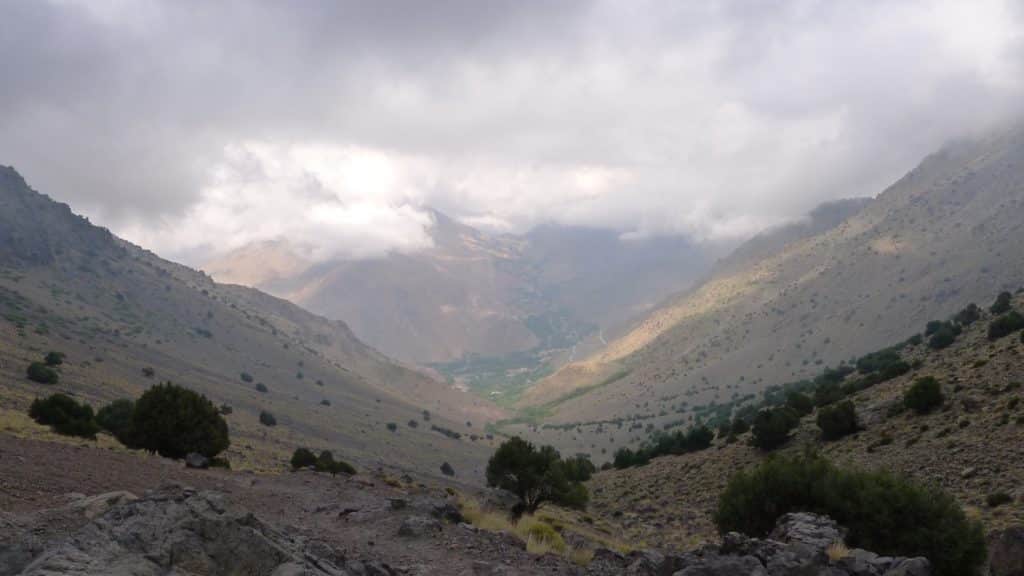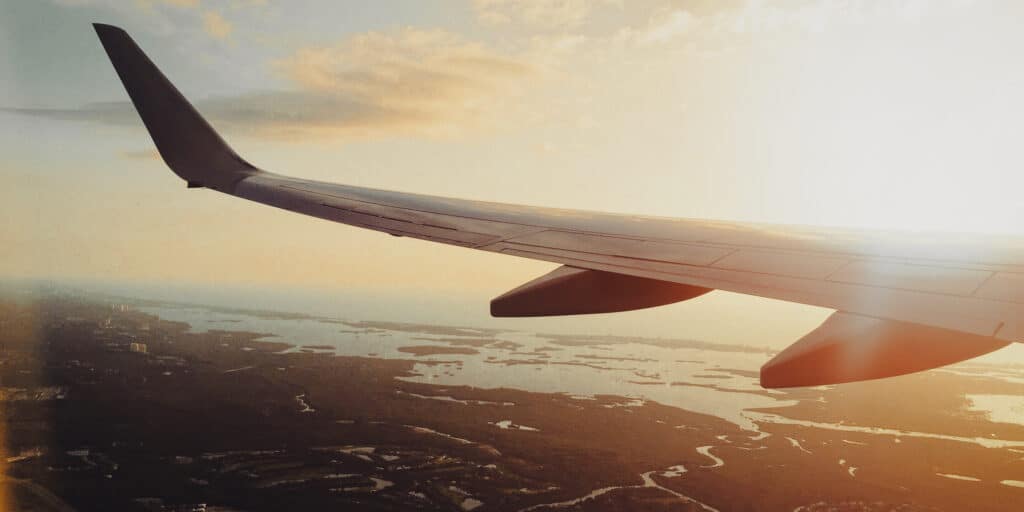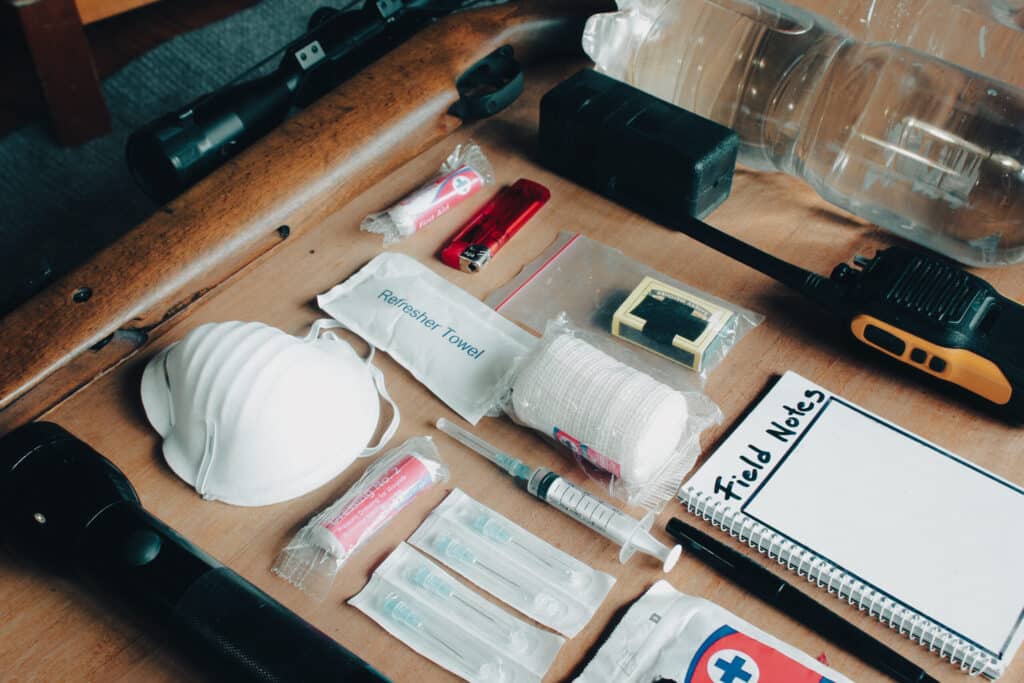Head in the clouds
“The only thing that you can see
is the view above the clouds…”
— Electric Light Orchestra
Hiking on the roof of the continent
Deep in the rugged heart of the Peruvian Andes, the abandoned Inca citadel of Machu Picchu has been attracting adventurous tourists for decades. Located at an altitude of 7,972 feet (2,430 metres), in the Eastern Cordillera region of Peru, this 15th century walled city was the stronghold of the Inca emperor Quechua (1438-1472). The site was abandoned during the Spanish conquest of South America in the 16th century. It was later rediscovered in the early 1900s by the American historian Highram Bingham.
Machu Picchu was declared a UNESCO World Heritage Site in 1983. Its crumbling walls of polished drystone have been meticulously repaired and restored. There is a well-developed network of infrastructure to enable people to visit Machu Picchu and, indeed, your adventures in this part of the world will make you feel like Indiana Jones.
Getting there is half the fun
There are several hiking routes to Machu Picchu. The classic Inca Trail route is a three to five day hike through the spectacular gorges and cloud-draped ranges. There are several shorter routes for people who have less time or are unable to undertake a long, multi-day hike.
You can also take a train from Cusco to Aguas Calientes, the town nearest Machu Picchu. From there, buses connect to the start of a 45-minute trail up to the site.
High endeavours might mean altitude sickness
Any trip into the wilderness requires careful preparation, planning and training. Hiking to Machu Picchu is no exception. As well as the correct clothing and footwear, you will need to consider nutrition, fitness and the effects that high altitude may have on your body.
Altitude sickness medication such as acetazolamide will be at the top of your list of things to take into the Andes in order to ensure that you don’t succumb to the debilitating effects that altitude can have on you.
It is important to let your body acclimate to the conditions you are going to encounter at altitude. The air is thinner, the sun is stronger and physical exertion is more difficult. A knowledge of the symptoms of altitude sickness is vital if you are going to avoid the more unpleasant effects that altitude can have on your body.
Physiological effects of high altitude include:
- Dizziness
- Nausea
- Headaches
- Breathing difficulty
- Apnoea (interruption of breathing during sleep)
The human body evolved to live at sea level, or very close to it. As people moved ever higher in search of new places to live, their bodies adapted to cope with the effects that ever-increasing altitudes had on their physiology. Over generations, humans who live at altitude have developed physiological adaptations such as greater lung capacity and a higher number of oxygen-carrying red blood cells. Short-term visitors to places such as Machu Picchu, on the other hand, who have no physiological adaptations for coping with altitude, need to prepare before they visit.

Professional advice is important
Medications such as acetazolamide are highly effective at combating the effects of altitude sickness. Contact your doctor or health professional for up-to-date advice about medication options.
Acetazolamide (sold under various brand names) does not produce immediate relief from altitude sickness. Rather, it facilitates and speeds up the body’s acclimatization process and for this reason you need to begin taking it several days before you begin to ascend.
If you have any pre-existing medical conditions it is also vital that you seek medical advice before you set off. In particular:
- People suffering from heart conditions or lung disease should consult a doctor who specializes in travel medicine
- Diabetics may find that their condition is hard to manage at high altitudes
- If you are pregnant, it is still possible to travel to high altitude destinations, however your doctor may recommend that you sleep at lower altitudes if possible.
Preparation is the key to avoid altitude sickness
The CDC website has some excellent advice for travelers planning to visit high altitude destinations such as Machu Picchu. This includes guidance on how to acclimatize gradually, information on what to do if you become sick at altitude, how to prepare for your trip and things to avoid during your visit.
Like all travel adventures, a hike to Machu Picchu requires some forward planning and plenty of practical knowledge. By considering the effects of altitude and the benefits of altitude sickness medication, you are helping to ensure that you will enjoy every step of your Andean experience as you head up into the clouds.
What altitude remedies have you tried? Did they help?
Drop suggestions in the comments.

